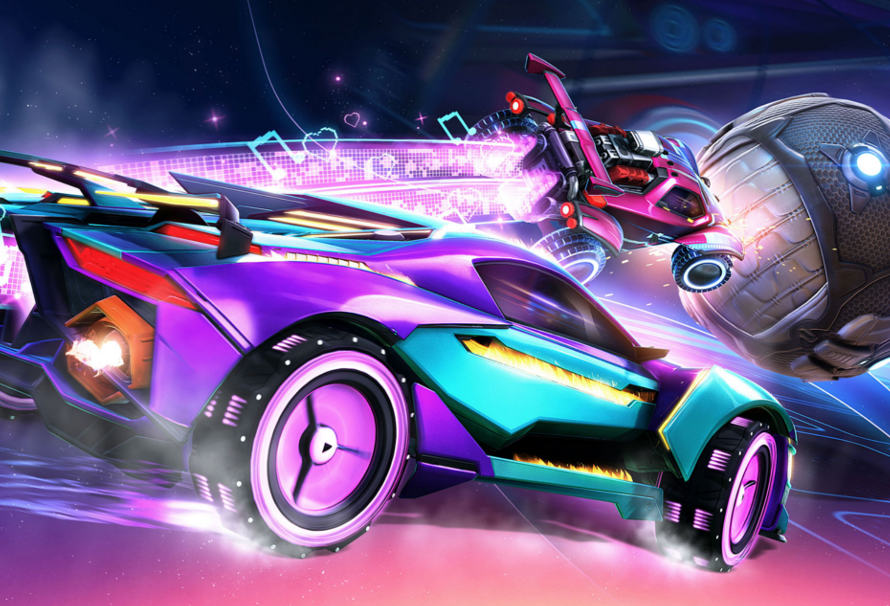Since Rocket League went free-to-play, there have been a number of changes, including a surge of new players and updates to the ever-evolving competitive ranking system.
Ranks
Over the years, Rocket League’s competitive ranks have gone through several iterations. The current system has 8 different ranks, each with a number of divisions within them. The ranks are as follows:
- Bronze I, II, III
- Silver I, II, III
- Gold I, II, III
- Platinum I, II, III
- Diamond I, II, III
- Champion I, II, III
- Grand Champion I, II, III
- Supersonic Legend (this rank does not have divisions)
Each rank, except for Supersonic Legend, is divided into three divisions: I, II, and III. As you progress, you’ll move between these divisions, and your rank may fluctuate based on your performance in matches.
Getting Ranked
To gain your initial competitive rank, you’ll need to play 10 placement matches in a specific playlist (1v1, 2v2, or 3v3). Once you’ve completed your placement matches, your rank will be determined based on your performance.
After placement, your rank is influenced by your Matchmaking Rating (MMR), which adjusts with each win or loss. MMR is a hidden value that tries to match you with players of similar skill, and it’s used to determine your overall rank. Although your MMR is not displayed in the game, you can track it using third-party websites like Rocket League Tracker.
Additionally, if you play in a team mode like Duos or Threes, the game will consider your teammates’ MMR when calculating the match outcome. This means you might face a wider range of ranks. For example, if you’re in Platinum, you might be matched with players from Gold or Diamond ranks.
Getting Rewards
At the end of each season, Rocket League rewards players based on their highest achieved rank. To qualify for a reward at a specific rank, you must secure a set number of wins within that rank. For example:
- To earn the Bronze season reward, you need 10 wins in Bronze rank matches.
- To earn the Silver season reward, you need 10 wins in Silver rank matches, and so on.
Once you’ve accumulated the necessary wins at a certain rank, the reward for that rank is “unlocked,” and you don’t need to continue playing to maintain eligibility. However, rewards are only distributed at the end of the season.
It’s important to note that rewards are based on your highest achieved rank during the season, not necessarily where you end up at the conclusion of the season.
Inactivity and Soft Reset
If you don’t play a particular competitive playlist for an extended period, your rank in that playlist may undergo a slight soft reset. This means you’ll need to play placement matches again to re-establish your rank. This ensures that your rank remains relevant to your current skill level.
Season Duration and Rank Reset
Seasons typically last for several months. At the end of each season, there’s a reset, and players must complete placement matches to determine their new rank for the upcoming season. The reset is designed to keep the competitive environment fresh and exciting.
Conclusion
Rocket League’s ranking system is designed to match players with similar skill levels, ensuring balanced and competitive gameplay. As the game evolves, it’s important to stay updated with any changes to the ranking system to continue climbing the competitive ladder. With its high skill ceiling, Rocket League offers a challenge for players of all skill levels—whether you’re just starting or aiming to reach Supersonic Legend.

